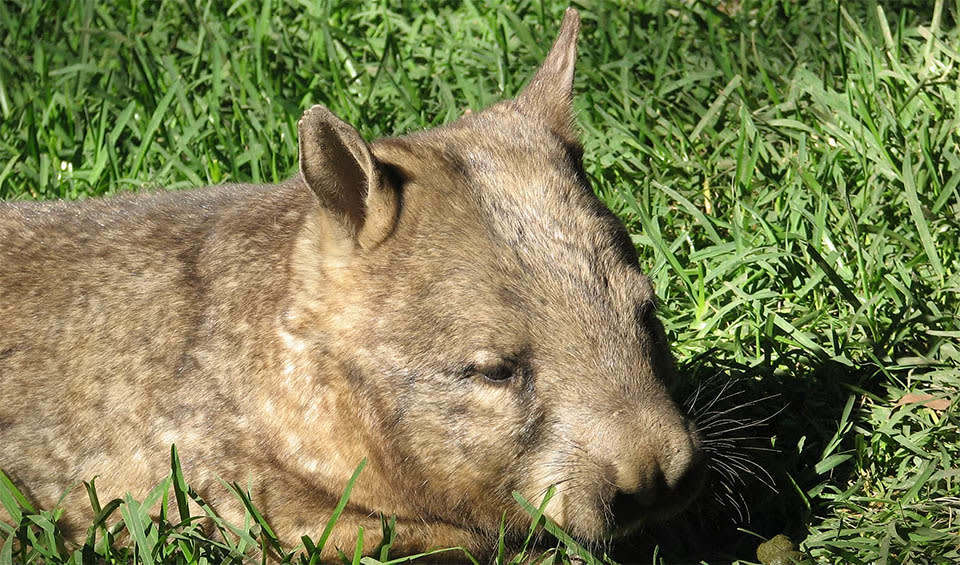Lasiorhinus – Hairy-nosed wombats
Cube-shaped poop? Yes, in a wombat way!
A fascinating and unique marsupial native to Australia. It is closely related to the more well-known common wombat, but it has some distinct features that set it apart. One of the most noticeable characteristics of the hairy-nosed wombat is its soft, silky fur, which is much finer and smoother than the fur of other wombat species. As the name suggests, this wombat has a patch of short, bristly hair on its nose, which is another unique feature that distinguishes it from its relatives.
Hairy-nosed wombats have a sturdy, barrel-shaped body with short legs and strong, clawed feet that are perfect for digging. These wombats are excellent diggers, creating complex burrow systems underground where they live and hide from predators. Their burrows can be quite extensive, with multiple entrances and tunnels, providing them with shelter and protection from the harsh Australian climate.
There are two species of hairy-nosed wombats: the northern hairy-nosed wombat and the southern hairy-nosed wombat. The northern hairy-nosed wombat is critically endangered, with only a small population left in the wild, while the southern hairy-nosed wombat is more common, though still considered a vulnerable species. Both species are nocturnal, meaning they are most active at night when they come out to feed on grasses and other plants. During the day, they stay cool and safe in their burrows.
One of the most interesting things about hairy-nosed wombats is their ability to conserve water. They live in some of the driest parts of Australia, where water is scarce, so they have adapted to survive on very little water. They get most of the moisture they need from the plants they eat, and their bodies are highly efficient at conserving water. This adaptation is crucial for their survival in the arid environments where they live.
Species in this genus
Northern hairy-nosed wombat
One of the rarest and critically endangered land mammals in the world


